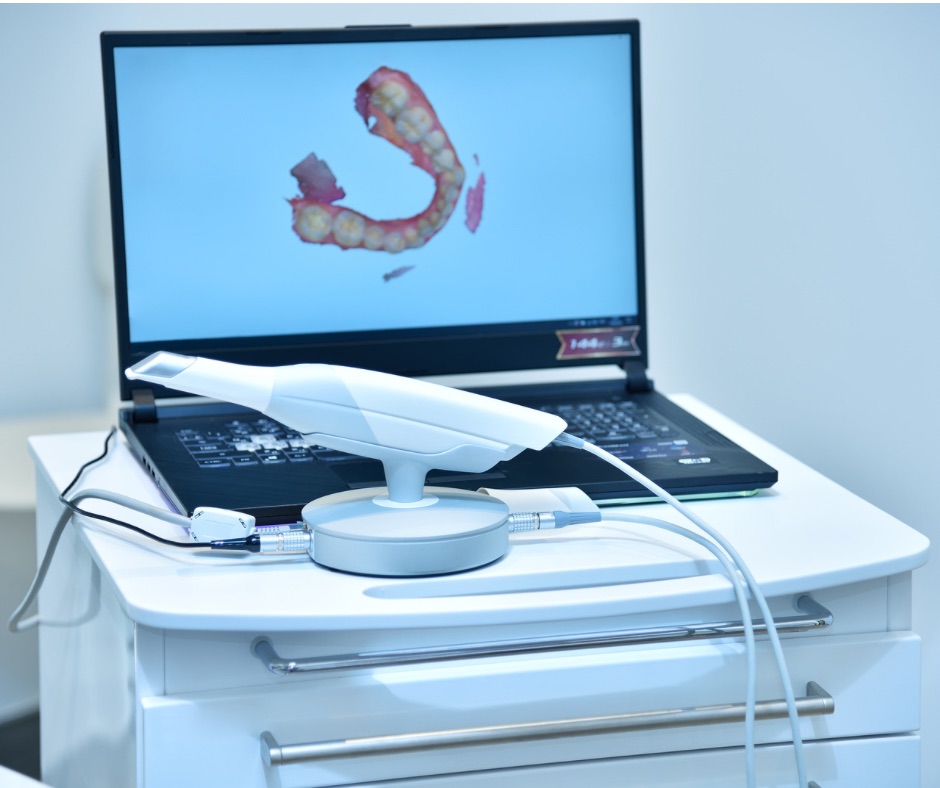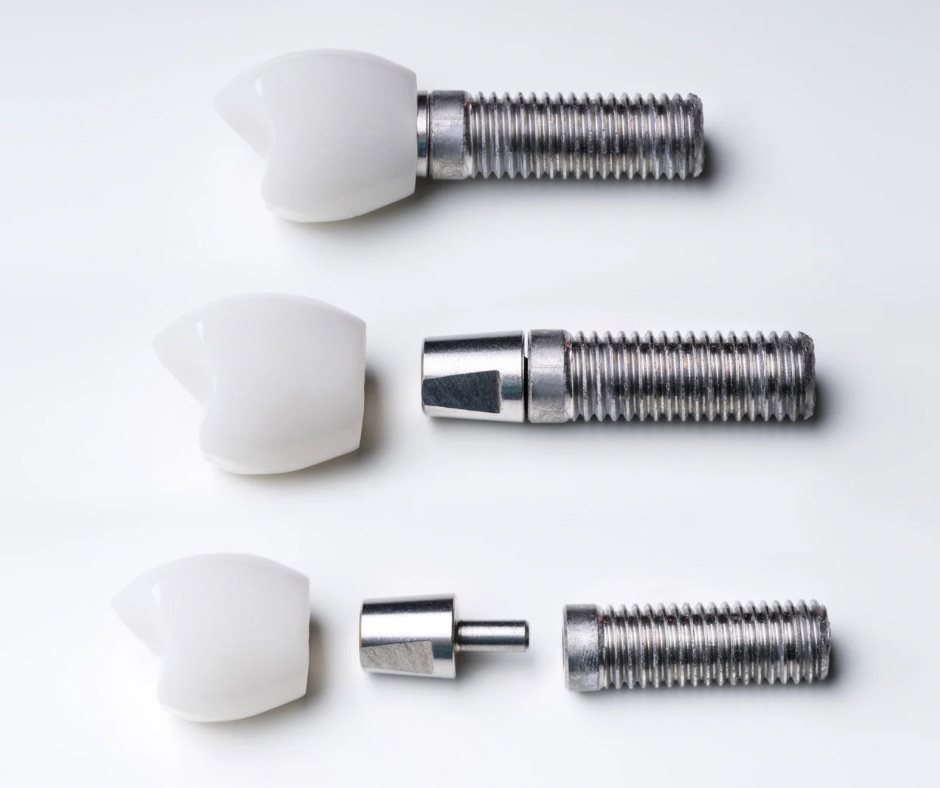Sometimes, especially when it hurts, we simply want the dentist to pull out our tooth. However, one should keep in mind that this is a procedure used when all other treatment options have failed. Even then, extraction implies careful analysis and a detailed plan of what to do next, i.e. how to replace the missing tooth. This part begins even before the actual “final judgment“ for the tooth, i.e. with diagnostics showing that the tooth cannot be saved, thus determining its fate, as well as the fate of the adjacent teeth, plus the functionality and aesthetics of the patient’s oral cavity.
In this sense, the first step in the diagnosis is an X-ray and/or CBCT. These are irreplaceable “tools” in dental medicine that allow dentists to identify various dental problems.
2D vs. 3D
X-ray image – regardless of whether it is a panoramic image of both jaws (orthopan) or of a single tooth (intraoral image), it allows the dentist a precise insight into the state of the patient’s oral cavity. More precisely, orthopan provides insight into the condition of all teeth and surrounding structures, while intraoral radiography provides precise insight into the effects of endodontic therapy (dental nerve treatment).
Without a doubt, X-rays have a number of advantages in dental diagnostics (quick visualization of dental problems, affordability, availability), but there is one major limitation – they are two-dimensional.
New technologies have enabled more advanced diagnostics, which is best evidenced by digital X-ray imaging, or CBCT (Cone Beam Computed Tomography). It is an imaging technique that enables a three-dimensional representation of the jaw, teeth and surrounding structures, and allows dentists the most precise and detailed insight into the state of bones, teeth and nerves.
Quality and quantity of bone
The state of the bone actually means determining its quality and quantity, key factors in dental medicine, especially in implantology, oral surgery and orthodontics. Bone quality refers to the density, strength and stability of the bone, while quantity refers to the volume of the jaw bones.
The success of the implant placement largely depends on the quality of the bone. More precisely, dense and solid bone provides better support for implants, while low-quality bone can result in complications such as lack of implant integration or increased risk of fracture. Various factors affect the quality of the bones – from the patient’s age, genetics, through eating habits and smoking to autoimmune diseases.
The quantity of bones, on the other hand, shows whether there are conditions (enough space) for the planned dental procedures. More precisely the lack of bone may require additional procedures such as bone augmentation or sinus lift in order to ensure a sufficient amount of bone for implant placement. A precise assessment of bone quantity is possible thanks to CBCT.
Advantages of CBCT
As we mentioned, CBCT is especially important in implantology. In addition to providing a three-dimensional visualization, it also enables the assessment of the quality and quantity of bones. More precisely, based on the CBCT, dentists assess bone density, the presence of bone pathologies (such as cysts or tumors), sinus inflammation or atrophy. The three-dimensional image also helps in predicting potential problems or complications such as lack of bone, proximity to nerves or sinuses, so dentists use it to plan appropriate procedures that will solve or minimize these problems. In addition, before the actual implantation procedure, CBCT enables precise planning of the position of the implant that will meet all the necessary conditions – stability, functionality and aesthetics – as well as determining the type and dimensions of the implant itself.
Therefore, the CBCT scan is crucial in adapting procedures to the specific needs and jaw anatomy of each patient, which then results in a better outcome and, most importantly, patient satisfaction.













